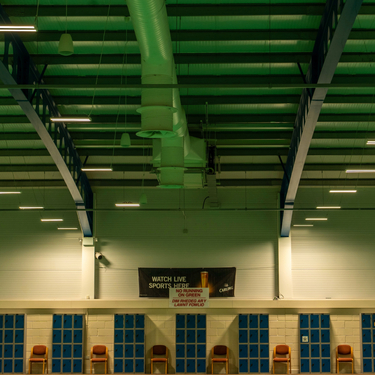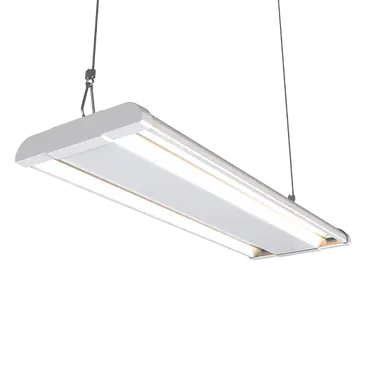Firstly, the installation of any lighting control within an application can provide significant benefits, not only in energy saving, but also in the continued specified performance and the economic life of the lighting fittings.
There are three basic types of control to consider.
Photo Electric Cell Units are basically a switch which operates automatically based upon the amount of ambient light and their function is in two different operations, to switch the lighting on when the ambient lighting level falls below a given value and to switch the lighting off when the ambient lighting level rises above the given value.
Microwave sensors operate by emitting a high frequency microwave beam over a designated area and when that beam is invaded by motion, this determines presence and activates the lighting to be switched on. An ideal solution for external lighting applications as they do not require a hole to be cut into the luminaire.
Passive Infra-Red Sensors (PIR) are electronic sensors which measure Infra-red light radiating from objects within the field of view, working where infra-red radiation enters the segmented front.
Read more in our blog article.








